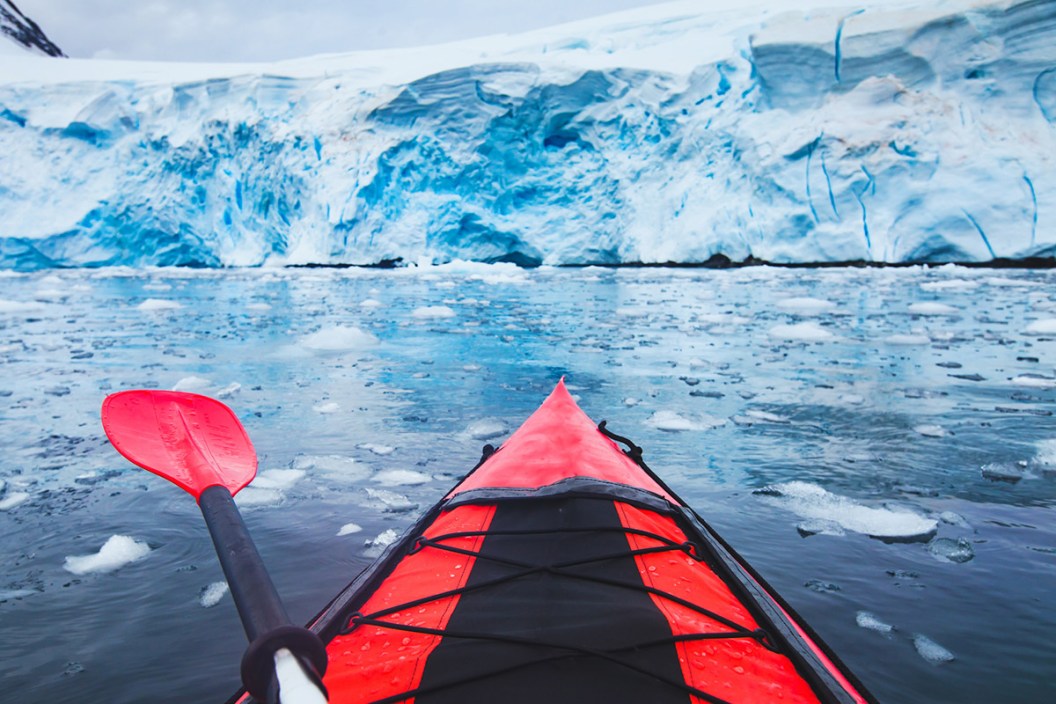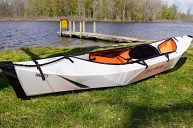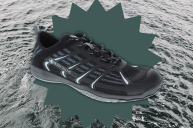Paddling during the winter months can offer uncrowded waters, unmatched views, and a break from the indoors. But the risk of serious bodily harm or even death is exponentially higher, thanks to frigid temperatures.
As long as a lake, creek, or other body of water isn't completely frozen over, you can potentially still kayak or canoe on it. But as soon as water temperature dips below 70 degrees, it feels incredibly cold—even though air feels comfortably warm within that same range. According to the National Center for Cold Water Safety, even experienced paddlers should use caution in water below the 70-degree mark. And anything below 60 degrees can cause life-threatening cold shock, hypothermia, and ultimately death.
Here's how to minimize risk for a safe, fun day on the water in colder months.
Before You Hit the Water
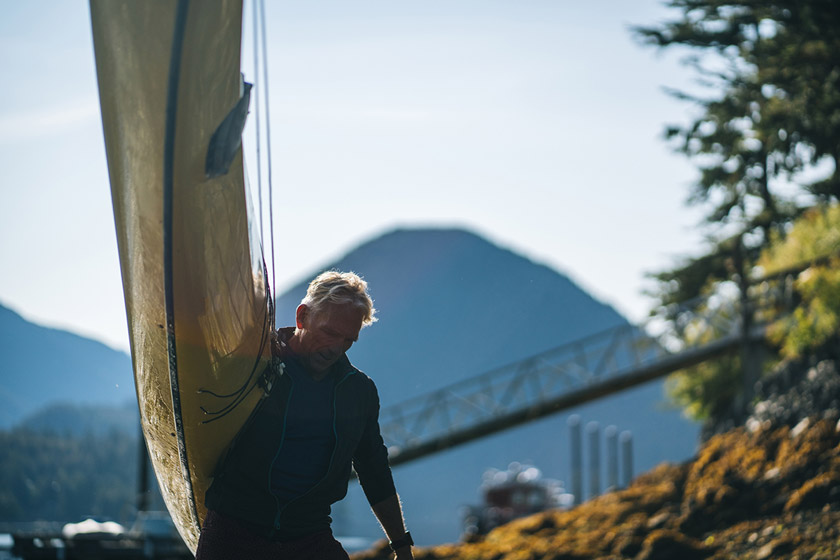
Getty: AscentXmedia
Before you head out for a cold-weather paddle, be sure to continuously check local conditions where you'll be kayaking or canoeing. If there's high wind or heavy precipitation in the forecast, postpone your trip.
Inspect and test all gear for holes, leaks, and damage that could potentially cause a safety issue.
Whether you're going solo or in a group, tell someone who's staying home exactly where you're going, the route you plan to take, and when you should return.
You should also check state and local regulations before you go, as certain areas could be closed or have restrictions.
What to Wear

Getty: serguacom
Probably the most important item to wear anytime you're kayaking or canoeing—but especially during the winter months—is a PFD. You should always wear one—not just keep it nearby—when canoeing or kayaking in cold weather.
Even though you won't intentionally end up in the water, you should always dress for the water temperature in case your vessel capsizes or you fall in. Experts recommend a well-fitting drysuit without any holes or damage with sufficient layers underneath. Stick with thin, moisture-wicking wool or fleece rather than cotton plus a windproof outer layer.
Don't forget to keep your feet, hands, and head warm too. Waterproof boots over wool socks, waterproof gloves, and a wool hat are great choices.
What to Take With You

Getty: edb3_16
Even though you'll have limited space on your kayak or canoe, it's better to be prepared for the worst-case scenario with gear you don't end up using than to be stuck without life-saving essentials.
Keep a whistle within arm's reach and a flashlight or headlamp at the ready. Pack smart snacks that will give you energy as well as a warm beverage in a thermos.
Take a change of clothing in a dry bag, where you can also stow items such as a mylar blanket, hand warmers, fire starter, first aid kit, flares, and extra batteries. Keep in mind that batteries—including in a phone—won't last as long during cold weather, so you should consider a VHF radio or some other means of communication in case of emergency.
Stay Safe on the Water
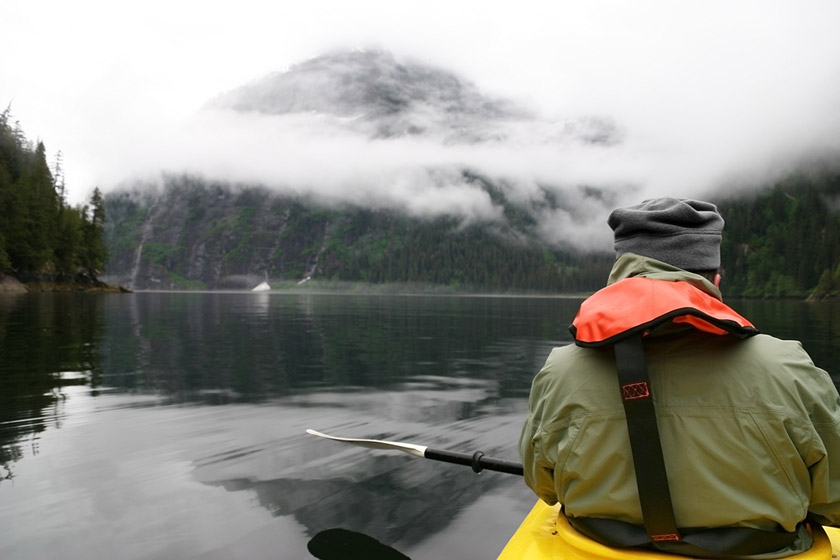
Getty: pixzzle
Even if you feel confident in your abilities and have taken all the steps above, it's important to play it safe on winter waters. If at all possible, avoid going alone and take a friend or two with you. Stick closer to the shore or less remote areas, especially when conditions are windy and brutal. And don't use this time to push your limits beyond your skills.
